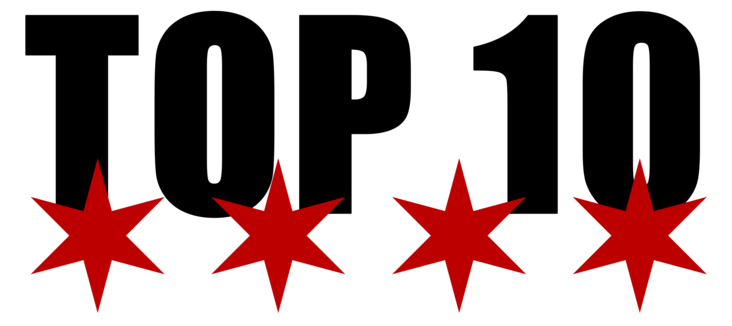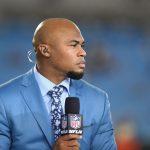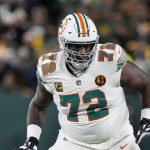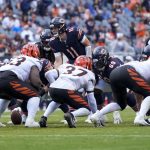On Friday the Chicago White Sox agreed to a minor league deal with free agent Joey Gallo that includes a non-roster invite to Spring Training. The move keeps a White Sox tradition of eventually landing their man—albeit three years too late—but more notably, it sends a clear message: pressure is mounting on Andrew Vaughn to step up.
Gallo has experience at both first base and the outfield, but with the recent addition of Michael A. Taylor, the White Sox have little need for another outfielder. That leaves first base as Gallo’s clearest path to earning a roster spot. However, he won’t be the only newcomer vying for playing time—Chicago also signed Bobby Dalbec to a minor league deal, adding further competition for Andrew Vaughn at first base. Before Dalbec and Gallo’s arrival, Vaughn’s only threat was 26-year-old Tim Elko, who has shown power in the minor leagues but struck out 176 times last season.
For the White Sox, Gallo represents a low-risk signing with intriguing upside. A two-time Gold Glove winner, he was once regarded as an elite defensive outfielder. In 2021, his arm strength ranked in the 99th percentile among MLB outfielders, and he finished second in the league with nine outfield assists. A year later, he ranked in the 86th percentile in outfield jump, a testament to his ability to track down balls that many outfielders couldn’t. His defensive impact was especially notable in 2020 when he led all right fielders in putouts (120), and in 2021, when he ranked fifth among all MLB outfielders with 279 putouts.
However, in recent years, Gallo has shifted primarily to first base. Last season, he logged 477.2 innings at first compared to just 77 in the outfield, despite having the versatility to play all three outfield positions.
The two-time All-Star inked a $5 million free-agent deal with the Nationals last January but struggled at the plate. In 76 games, he slashed just .161/.277/.336 with 10 home runs across 260 plate appearances. His high strikeout rates remained a glaring issue, as he struck out in 39.2% of his trips to the plate—the second-highest rate among hitters with at least 200 plate appearances. However, what was more concerning was a career-low 12.3% walk rate and a dip in power, reflected in his personal-worst slugging percentage.
Gallo’s offensive production has steadily declined over the past three seasons, with the sharpest drop-off coming after the Yankees acquired him from the Rangers in a blockbuster 2021 trade. During his time in Texas, he posted a .211/.336/.497 slash line across parts of seven seasons, launching 145 home runs and driving in 317 runs. However, since leaving Arlington, his numbers have cratered to .165/.289/.384 over more than 1,200 plate appearances with four different teams, managing just 63 homers and 136 RBIs in that span.
Dalbec is in a similar boat, albeit with a much smaller track record of success. He is coming off a season where he only appeared in 37 MLB games for the Red Sox. In 93 trips to the plate, he slashed .133/.217/.193 with eight RBIs and a home run. But in 2021 he had a career-high 100 hits, 25 homers, and 75 RBIs.
They say competition breeds excellence. After four years of watching Andrew Vaughn bat .253 while averaging 21 homers per season, it appears the White Sox front office does not have him in their long-term plans.
While Vaughn is still expected to see most of the playing time at first base, the White Sox have little to lose by bringing in Gallo and Dalbec on minor-league deals. Gallo’s presence not only adds competition but also gives the younger players in camp a chance to learn from a former All-Star who has played for contending teams. At the same time, the move sends a clear message—the organization expects more from its former first-round pick.












